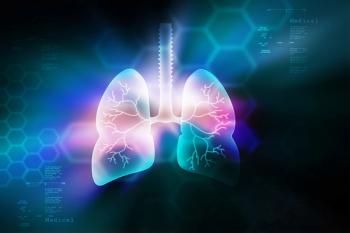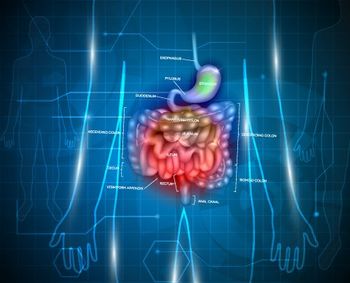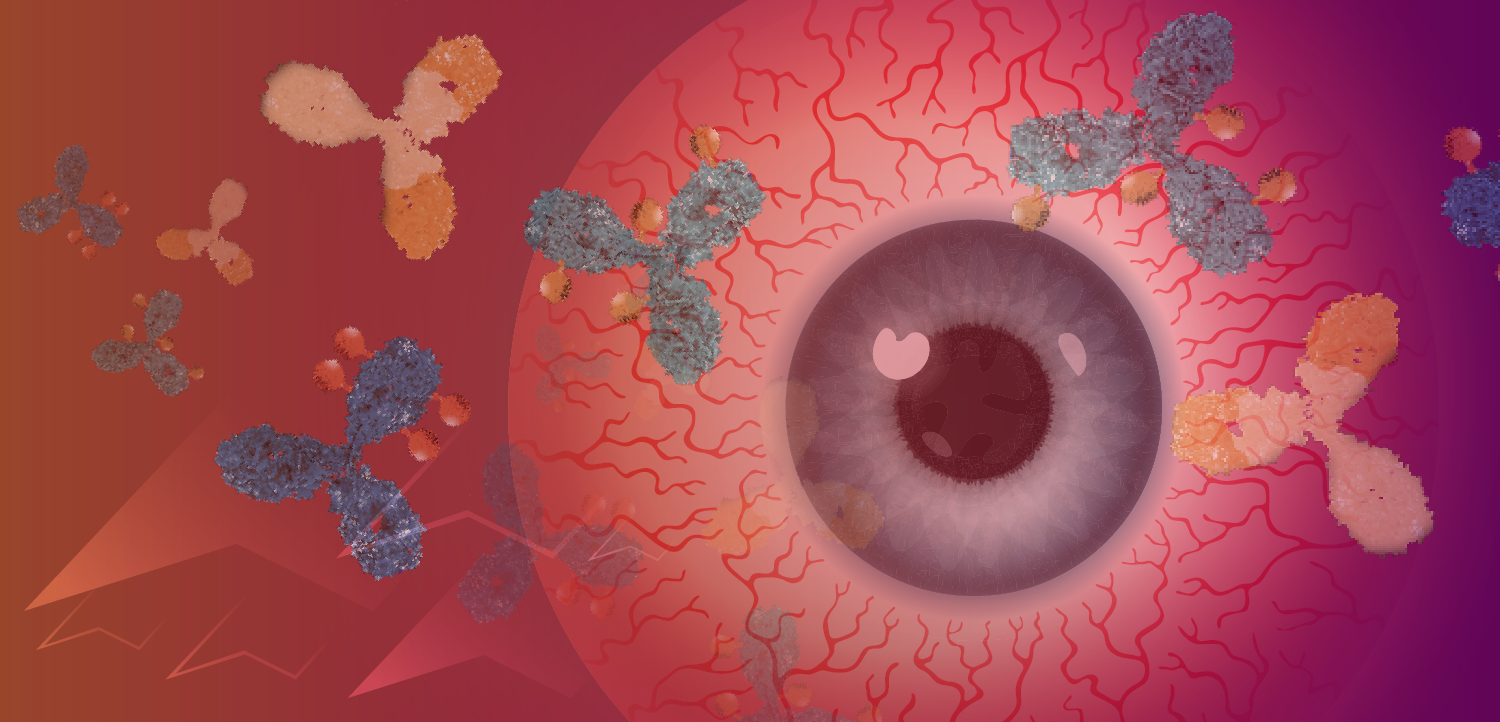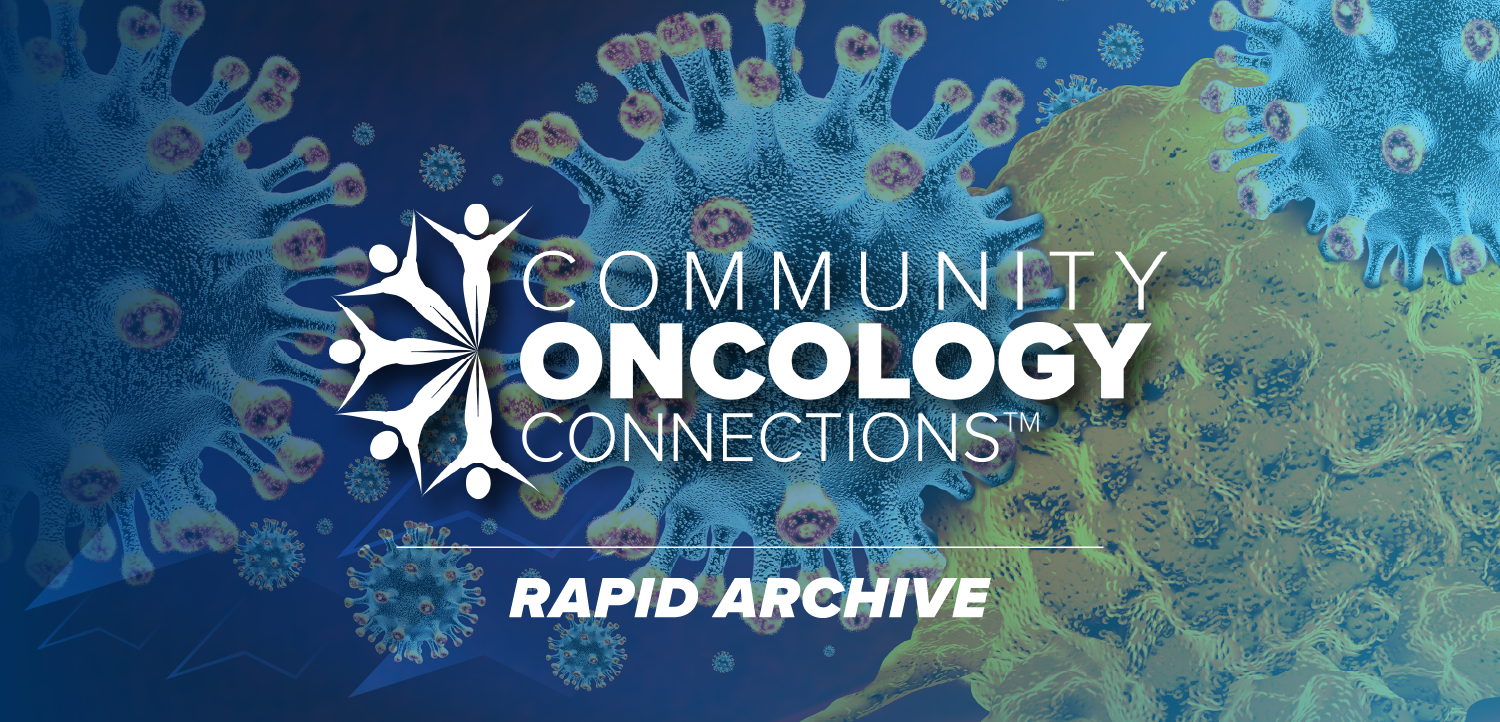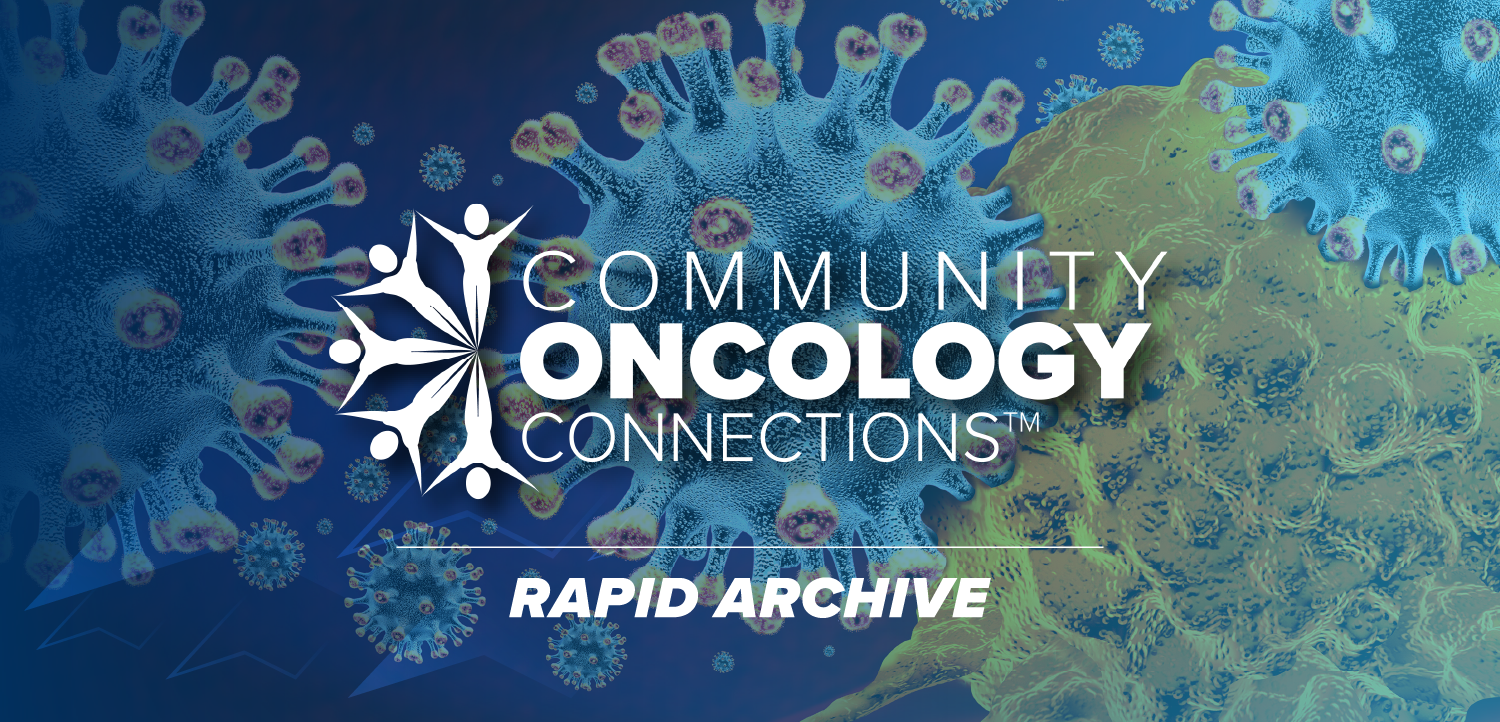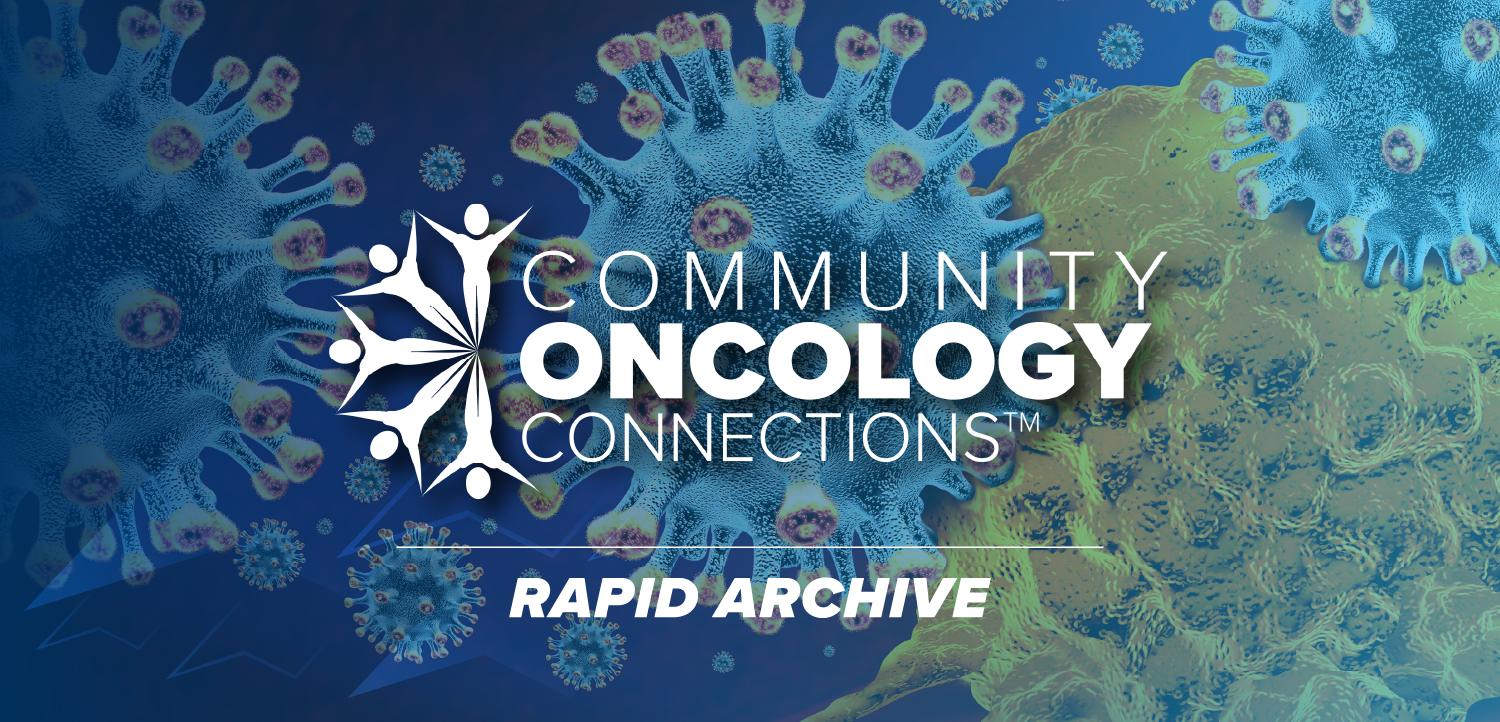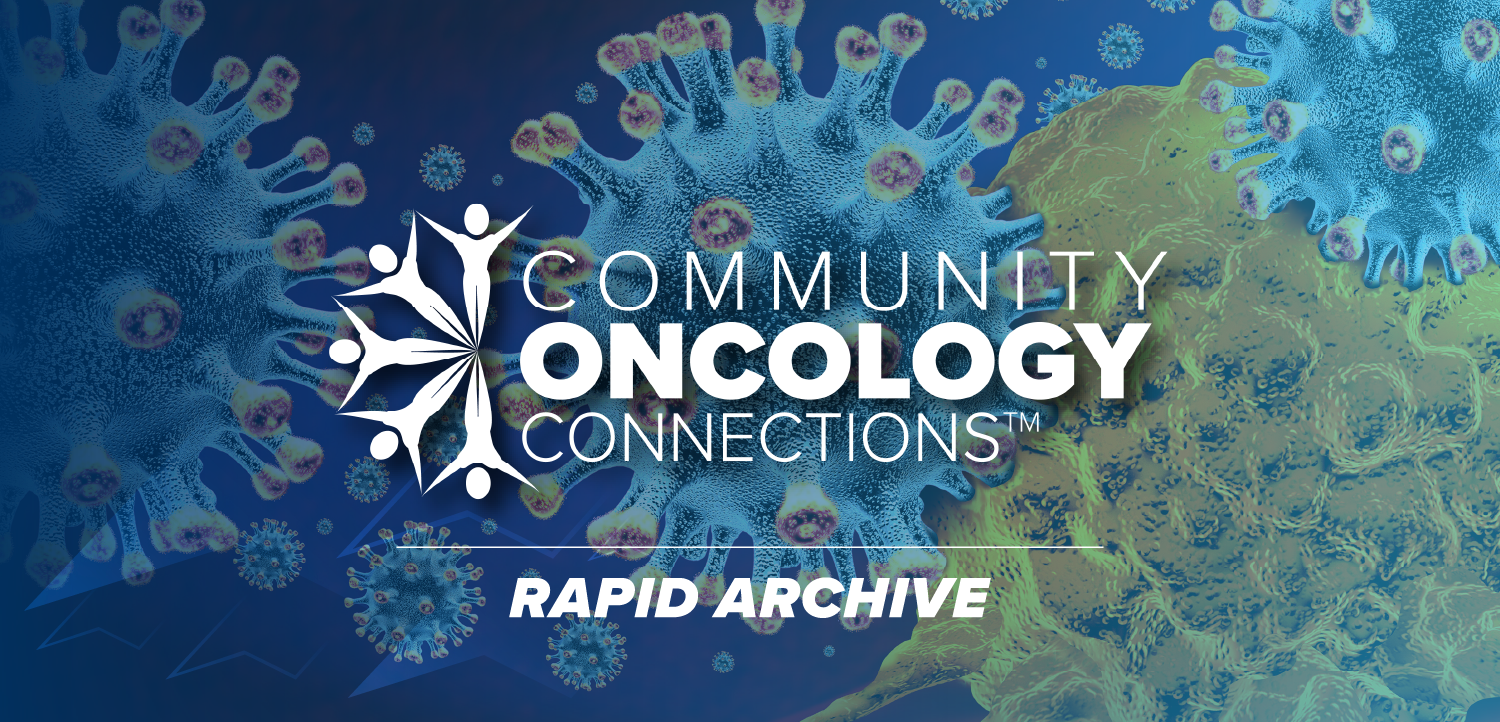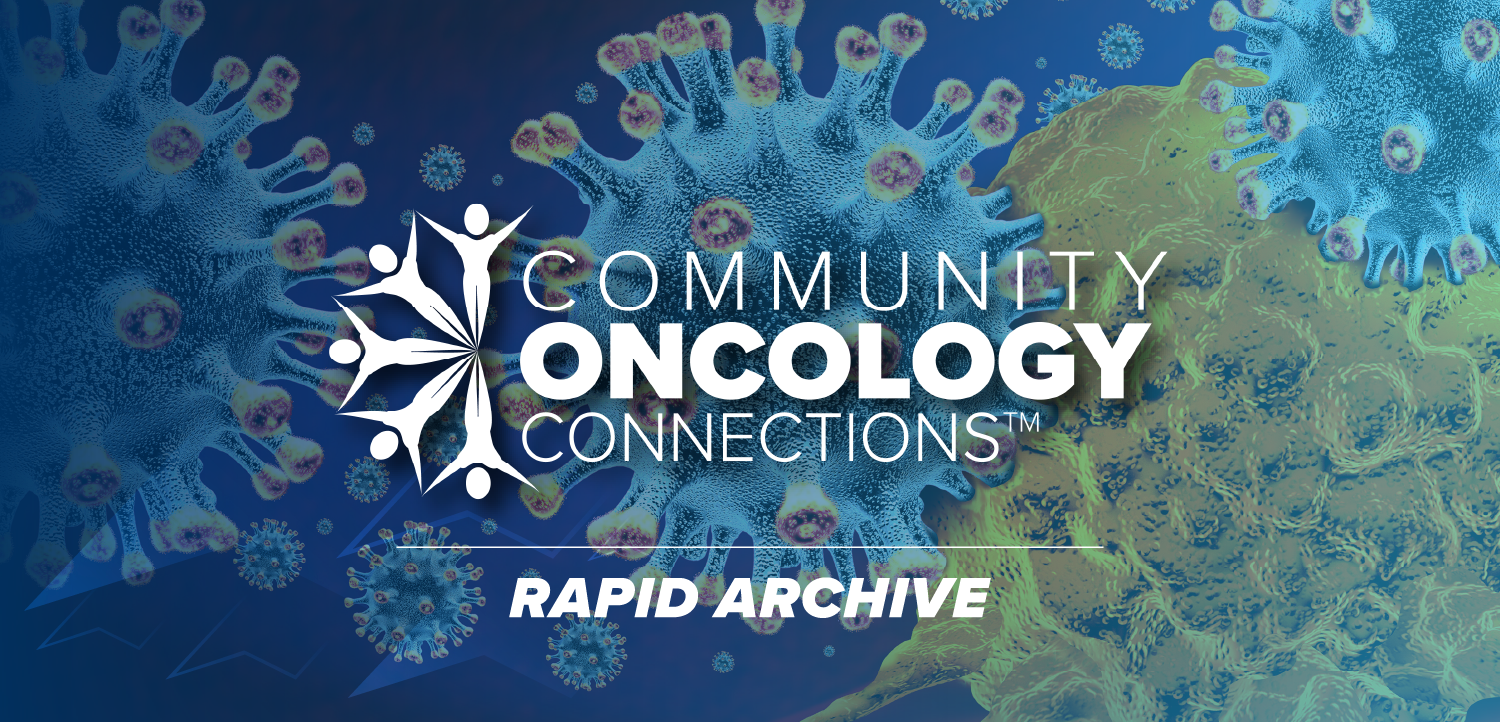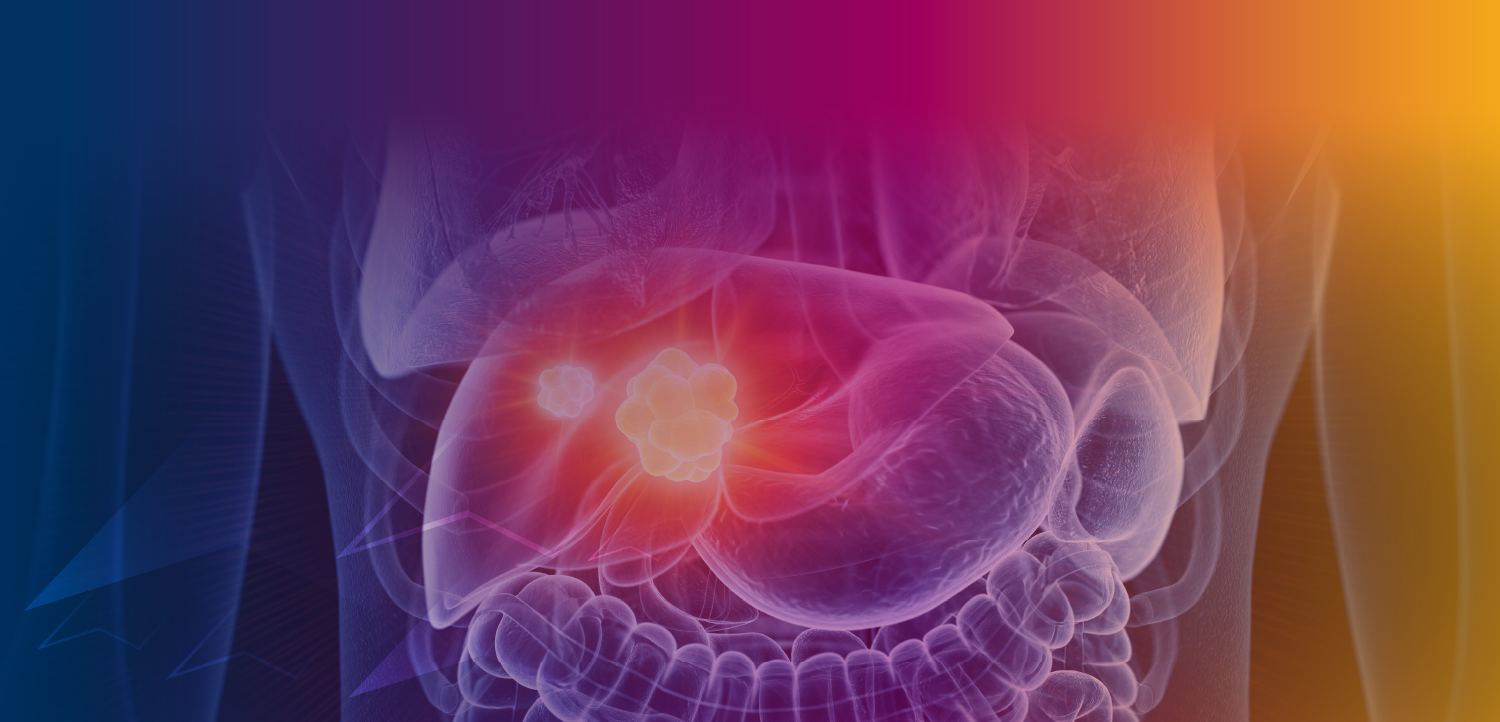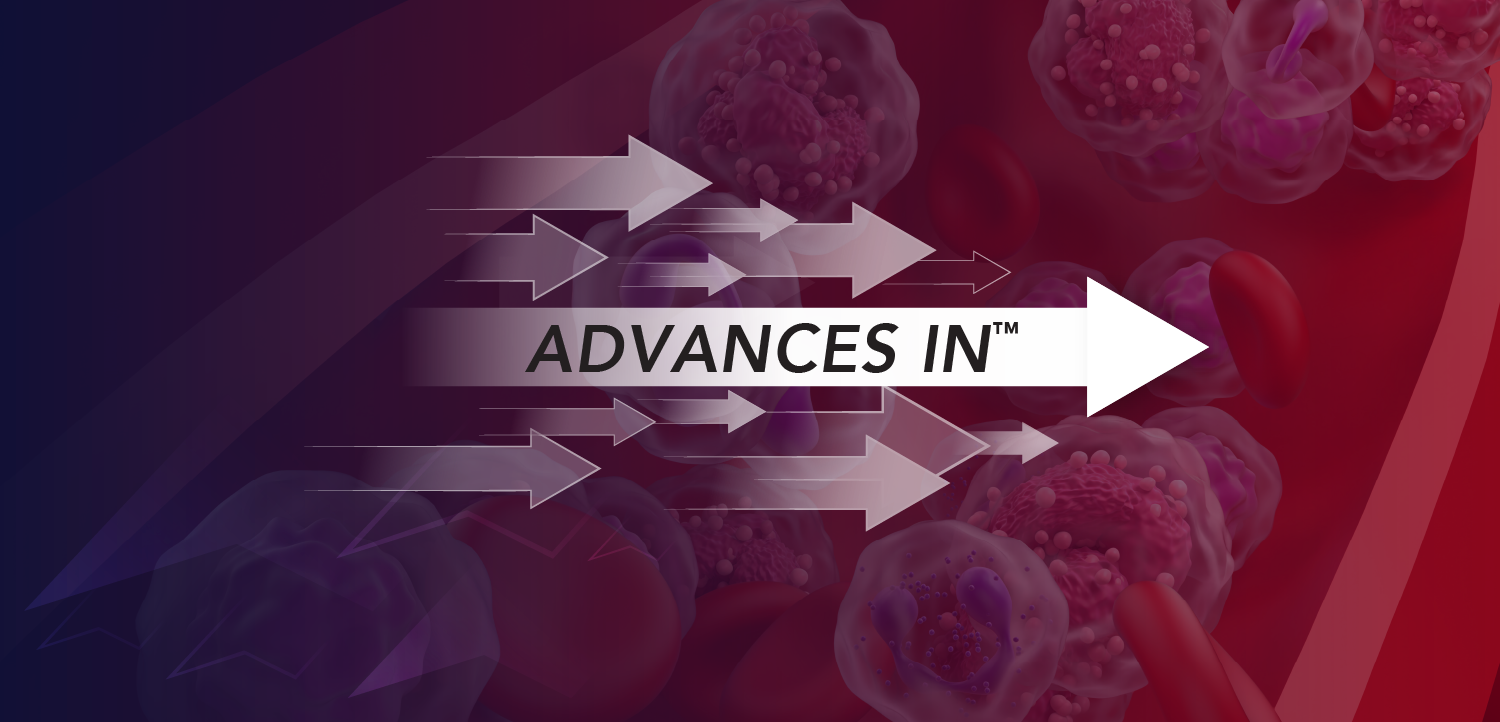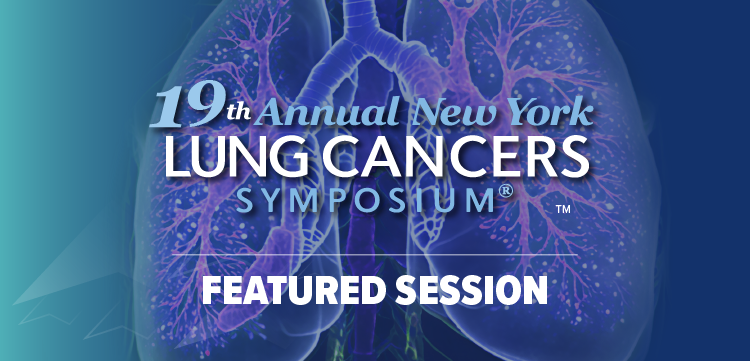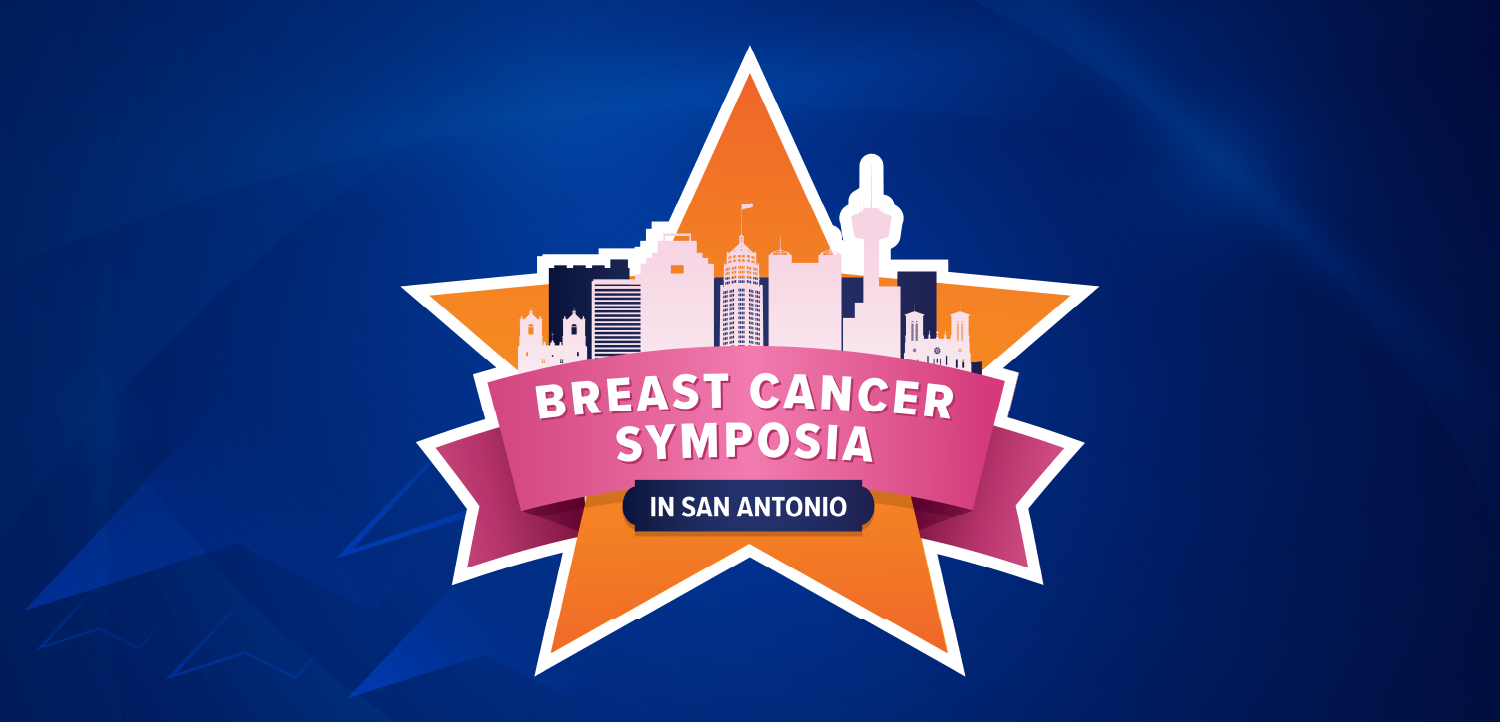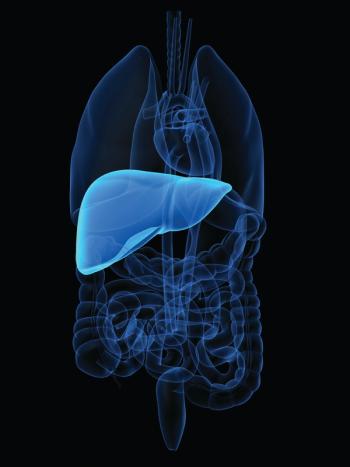
Mirdametinib Yields Significant Responses and HRQOL Improvements in NF1-PN
Data from the phase 2b ReNeu trial may support mirdametinib as a valuable new treatment option for adults and children with NF1-PN.
The investigational MEK1/2 inhibitor mirdametinib produced significant confirmed responses, enduring plexiform neurofibroma (PN) reductions, and meaningful pain and health-related quality of life (HRQOL) improvements among pediatric and adult patients with neurofibromatosis type 1-associated PNs (NF1-PN), according to findings from the phase 2b ReNeu trial (NCT03962543) published in The Journal of Clinical Oncology.1
The confirmed objective response rate (ORR) was 41% (n = 24; 95% CI, 29%-55%) among adult patients, which significantly exceeded the predefined minimum clinically relevant response threshold of 23% in this group (P <.001). Of the 24 confirmed responses, 23 (96%) were ongoing at the time of data cutoff, and 18 (75%) met or surpassed a duration of 12 months.
The median best percentage change in PN volume among adults was –41% (range, –90% to 13%) following treatment with mirdametinib. Of those with a confirmed response, 62% (n = 15/24) experienced a maximum reduction of more than 50% from baseline.
The treatment produced a confirmed ORR of 52% (n = 29; 95% CI, 38%-65%) among pediatric patients, which significantly exceeded the clinically relevant response rate of 20% for this group (P <.001). All responses (100%; n = 29) were enduring at the time of data cutoff, and 76% (n = 22/29) of patients had ongoing responses for at least 12 months.
Among pediatric patients, the median best percentage change in target PN volume was –42% (range, –91% to 48%). A maximum reduction from baseline of more than 50% was highlighted in 52% (n = 15/29) of children who achieved a confirmed response to mirdametinib.
“Plexiform neurofibromas can cause extreme pain, disfigurement, compression of internal organs, and impaired physical function. There is a substantial unmet need for a highly effective and well tolerated systemic therapy for these patients,” lead study author Christopher Moertel, MD, medical director of Pediatric Neuro-Oncology and Neurofibromatosis Programs and Kenneth and Betty Jayne Dahlberg Professor of Pediatrics at the University of Minnesota, stated in a press release on these results.2 “The deep tumor volume reductions and significant improvements in pain and other [QOL] measures that we saw in the ReNeu trial, as well as having a formulation option for young children or those who have difficulty swallowing, underscore the potential for mirdametinib to be a valuable new treatment option for adults and children with NF1-PN.”
In the open-label, multi-center ReNeu trial, 58 adult patients and 56 children between the ages of 2 and 17 years old who had NF1-PN were assigned to receive mirdametinib capsules or tablets at 2 mg/m2 twice daily for up to 4 mg twice daily for 3 weeks on and 1 week off as part of 28-day cycles.
The trial’s primary end point was confirmed ORR as assessed via blinded independent central review. Secondary end points included duration of response and changes from baseline in patient-reported outcomes (PRO) measures of worst tumor pain severity, pain interference, and HRQOL.
The median age was 34 years (range, 18-69) in the adult cohort and 10 years (range, 2-17) in the child cohort. In each respective group, most patients were female (64% vs 54%), had progressive target PN at trial entry (53% vs 62%), PNs located in the head and neck (48% vs 50%), and pain-related morbidity (90% vs 70%). Prior therapies in each respective cohort included surgery (69% vs 36%), targeted medications (19% vs 14%), and radiotherapy (2% vs 0%).
Adults who received mirdametinib reported significant improvements in worst tumor pain severity (P <.001), pain interference (P <.001), and HRQOL (P = .02). At cycle 13, 71% of adult patients highlighted an improvement in overall status following treatment with mirdametinib.
At cycle 13 in the pediatric cohort, PROs indicated significant improvements in worst tumor pain severity (P = .003), patient-reported pain interference (P = .02), parent-reported pain interference (P = .03), and parent-reported in HRQOL (P = .005). Overall, 79% of pediatric patients reported an improvement in their status following study therapy.
Common treatment-related adverse effects (TRAEs) in adult patients included dermatitis acneiform (78%), diarrhea (48%), nausea (36%), vomiting (28%), and fatigue (21%). Dose interruptions, reductions, and terminations due to AEs were reported in 31%, 17%, and 22% of adults, respectively. Investigators reported 1 death due to COVID-19 that was not related to study treatment.
Among pediatric patients, common TRAEs included dermatitis acneiform (43%), diarrhea (38%), paronychia (30%), nausea (21%), ejection fraction decreases (20%), and blood creatinine phosphokinase increases (20%). AEs leading to dose interruptions, reductions, and discontinuations occurred in 30%, 12%, and 9% of patients, respectively. No symptomatic ejection fraction decreases, retinal vein occlusion, or serious TRAEs occurred in the pediatric cohort.
The
References
- Moertel CL, Hirbe AC, Shuhaiber HH, et al. ReNeu: a pivotal, phase IIb trial of mirdametinib in adults and children with symptomatic neurofibromatosis type 1-associated plexiform neurofibroma. J Clin Oncol. Published online November 8, 2024. doi:10.1200/JCO.24.01034
- SpringWorks Therapeutics announces publication of the pivotal phase 2b ReNeu trial evaluating mirdametinib in adults and children with NF1-PN in the Journal of Clinical Oncology. News release. SpringWorks Therapeutics, Inc. November 11, 2024. Accessed November 12, 2024. https://tinyurl.com/2s4jt33h
- FDA Grants priority review to SpringWorks Therapeutics’ new drug application for mirdametinib for the treatment of adults and children with NF1-PN. News release. SpringWorks Therapeutics. August 28, 2024. Accessed November 12, 2024. https://shorturl.at/aTRMO
Newsletter
Stay up to date on recent advances in the multidisciplinary approach to cancer.


